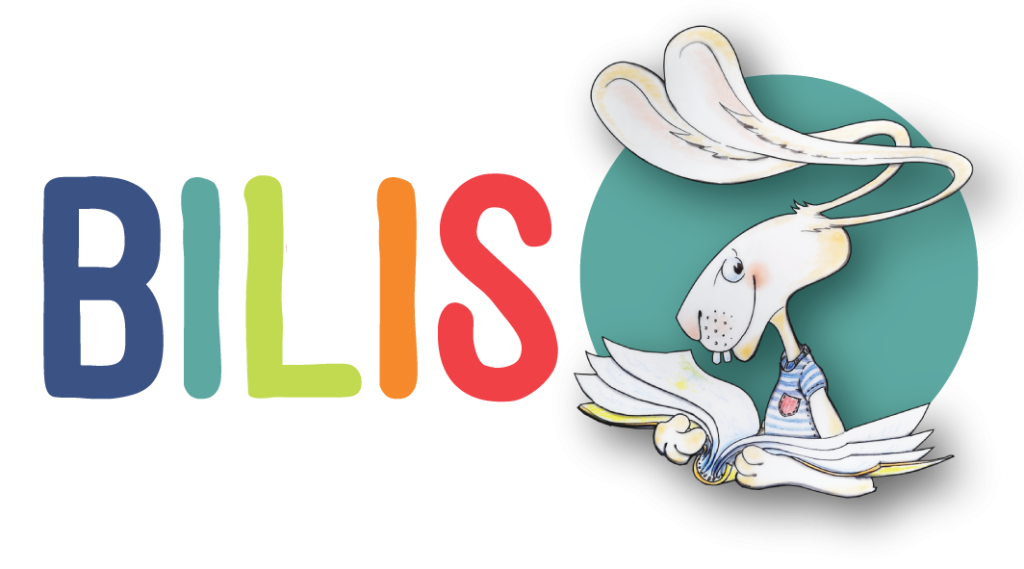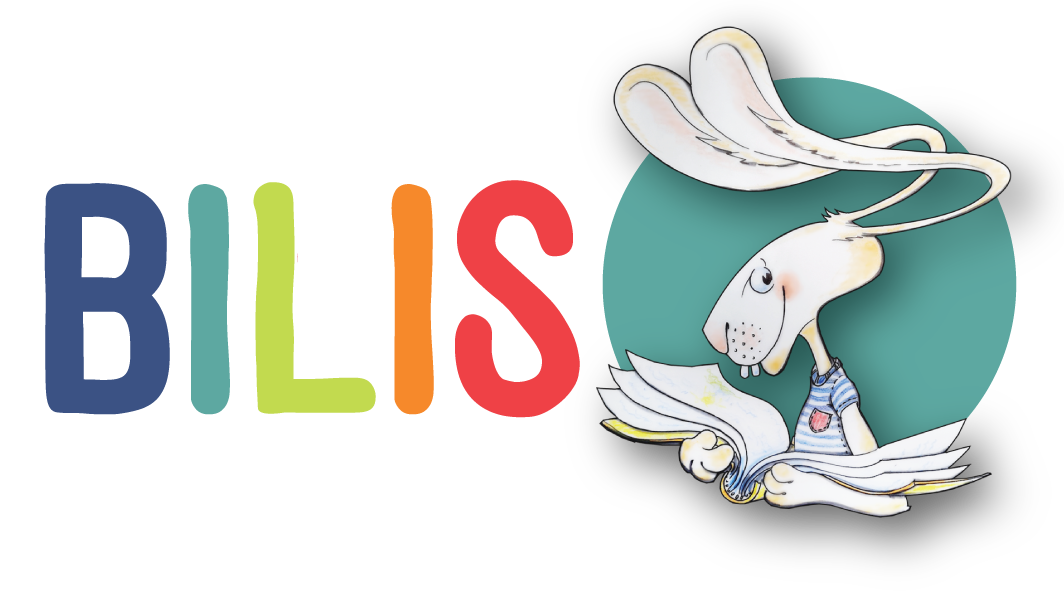Many parents of bilingual children are bilingual themselves. Code-switching, or the use of elements from two different languages in a single sentence or conversation, is a normal part of being bilingual. This mixing is also common among bilingual parents, and even those who prefer the "one person - one language" approach occasionally mix codes.
The influence of language mixing on the development of bilingual children is not yet fully explored. Some studies have found that a high amount of language mixing from parents might be associated with a smaller vocabulary size in children. However, other studies did not record such a relationship. Findings also suggest that bilingual children can understand mixed sentences by the age of 20 months, indicating that bilingual individuals can handle language mixing from a very young age.
It's essential to emphasize that language mixing also has social implications. In some communities, language mixing is an integral part of bilingual identity. Different communities have various customs and rules regarding language mixing, and children need exposure to these patterns to learn them.
In the end, more research is still needed to better understand the effect of language mixing on bilingual children's development. But it's crucial for parents to be informed and act in the best interest of their children, considering their individual and community needs.


